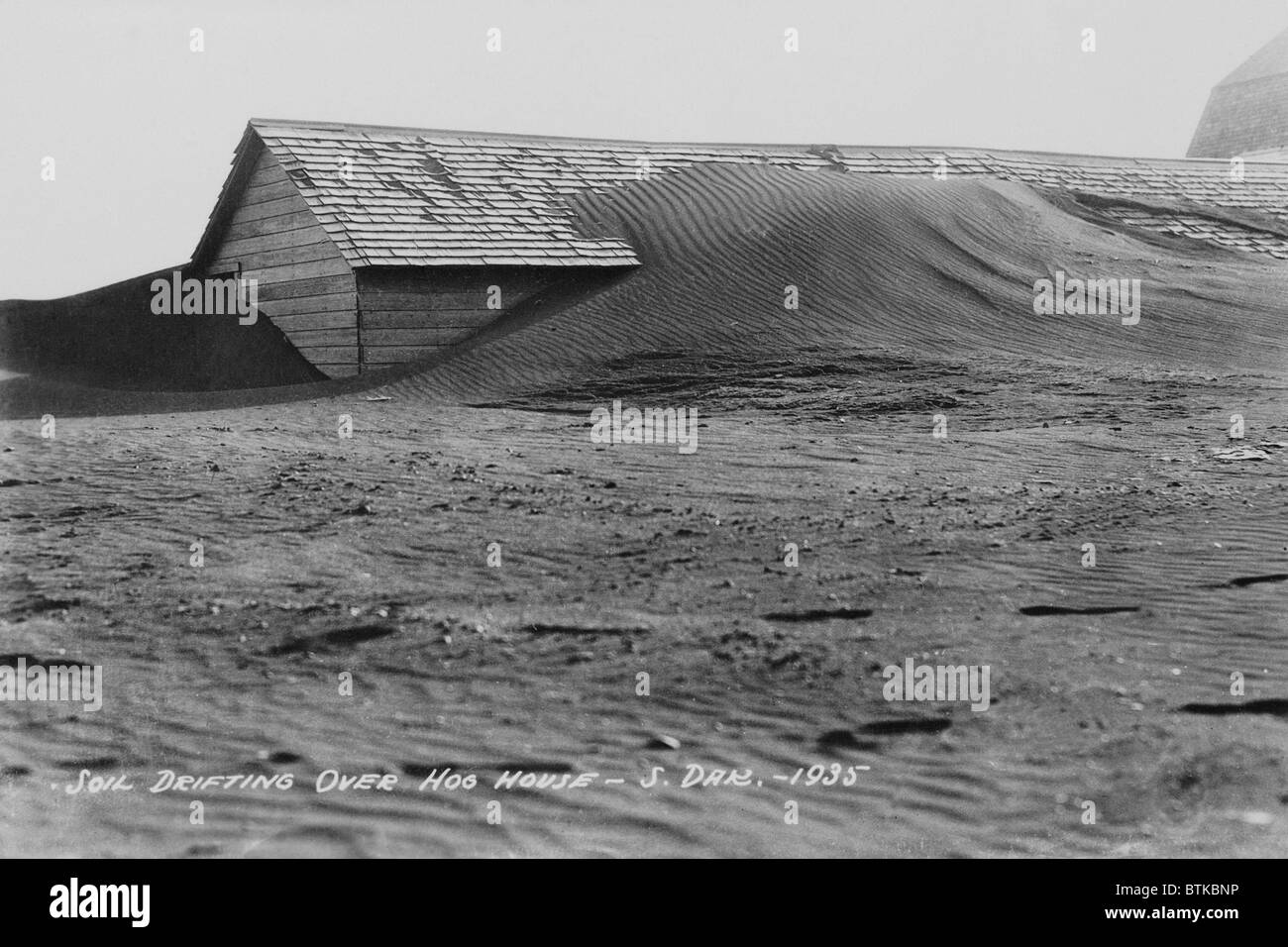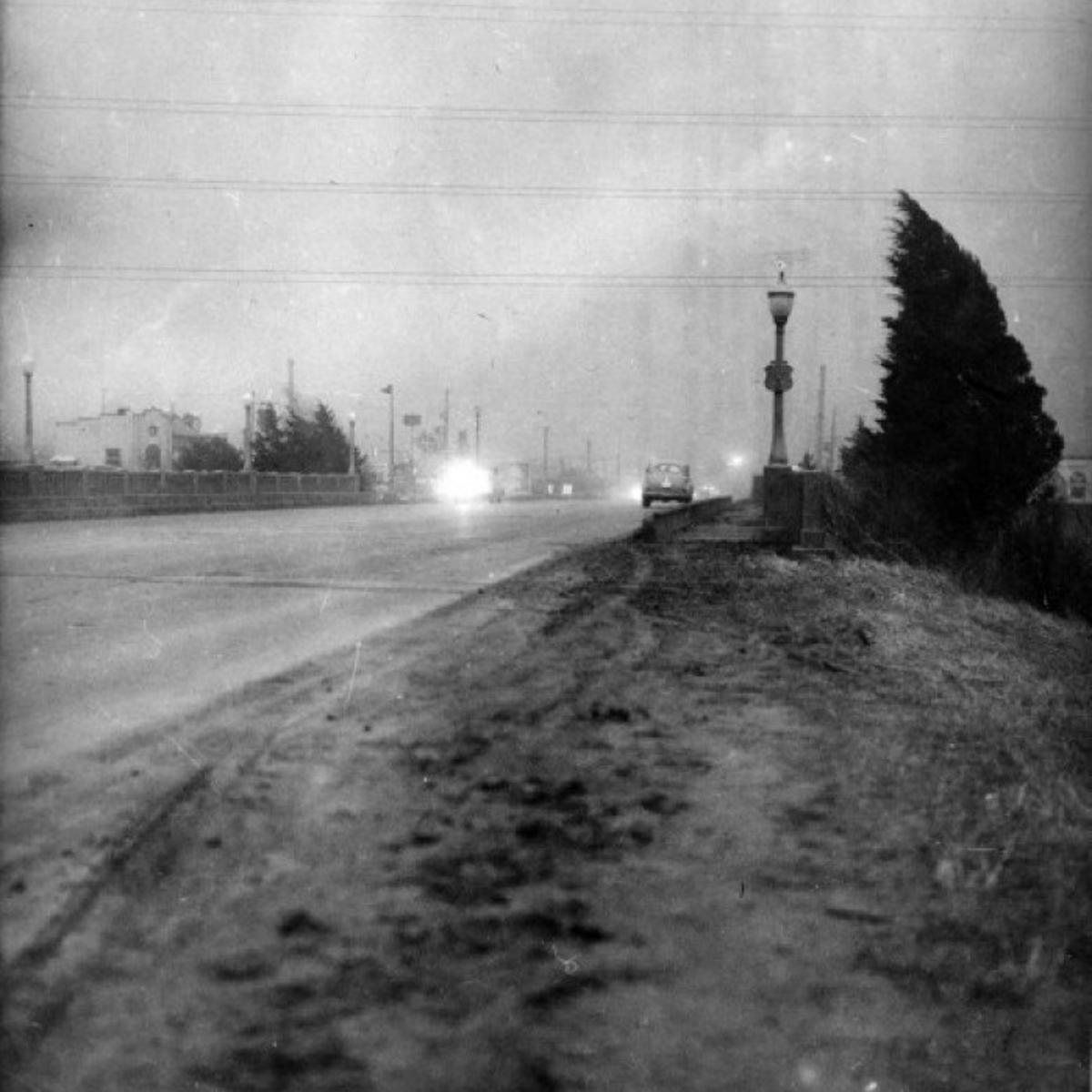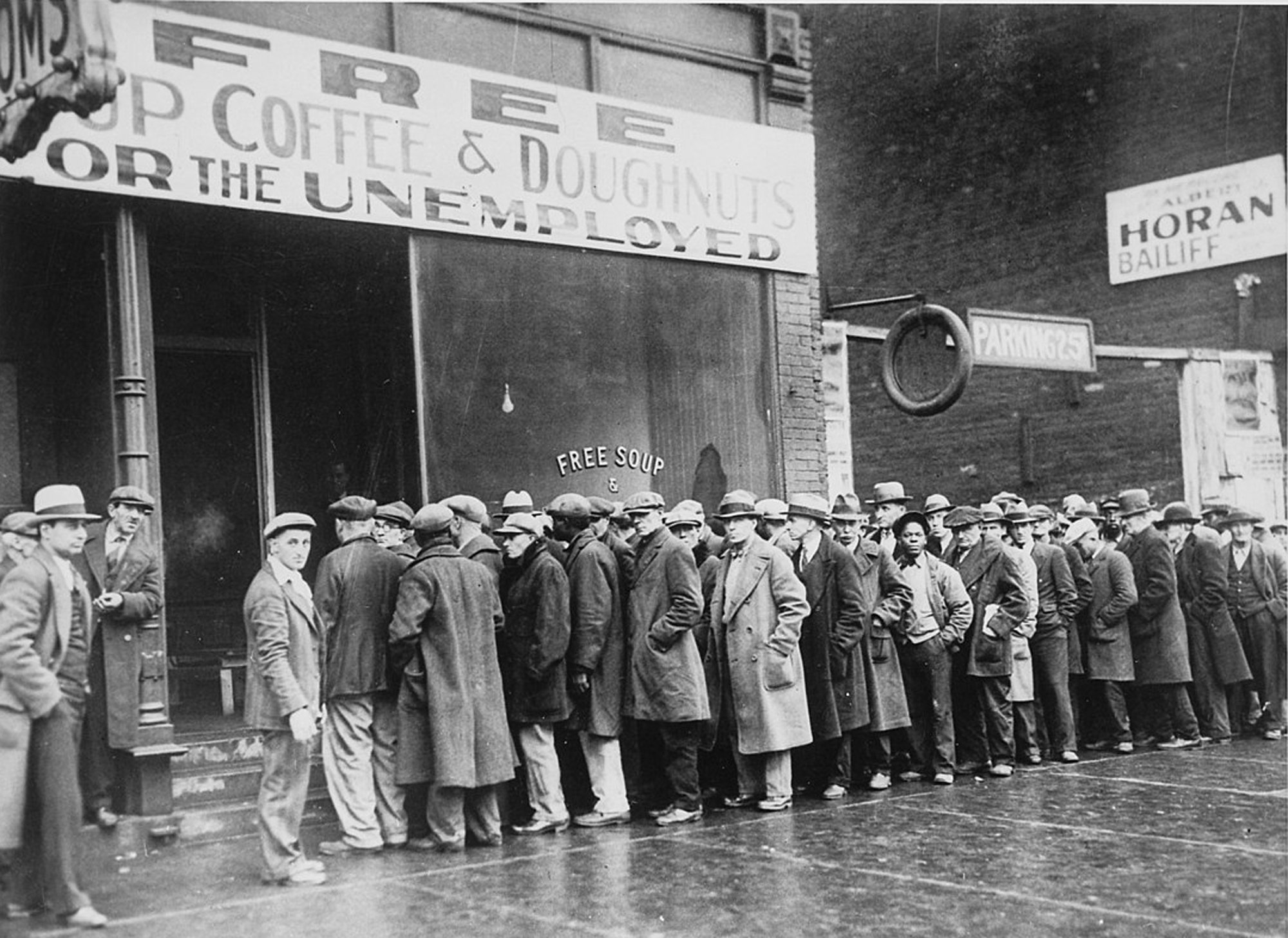Dust Bowl Great Depression Canada

Feb 17 2019 Matthew Gaskill.
Dust bowl great depression canada. Storms of dust occurred often leading parts of Alberta and Saskatchewan to be referred to as the Dust Bowl. The dry soil was caused by a few things. The Dust Bowl was also known as the Dirty Thirties which was a period of serious dust storms that damaged the environment and agriculture of the US.
They had no place to live scurrying for work for food and most of all for land. Next ask students to write five words that they think of when hearing about the Great Depression or the 1930s in the United States. 1 Who named this event the dust bowl.
As well as Canadian prairies during the 1930s. Throughout most of the 1930s and into the early 1940s the Dust Bowl turned much of whats now known as the American heartland into a virtual wasteland. Severe drought and a failure to apply dryland farming methods to prevent the aeolian processes caused the phenomenon.
The Dust Bowl The Canadian prairies experienced some the toughest times. Millions of Canadians were left unemployed hungry and often homeless. Simply turned to dust is a little misleading.
The Dust Bowl was a period of severe dust storms that greatly damaged the ecology and agriculture of the American and Canadian prairies during the 1930s. From Nevada and Arkansas families tribes dusted out tractored out. Dust in Chicago Boston Manhattan Philadelphia and Washington gave the great cities of America a dose of what the people in the little communities of the High Plains had been living with for nearly two years.
Much of the nations most fertile areas turned to dustand sand and hard-baked. And then the dispossessed were drawn west--from Kansas Oklahoma Texas New Mexico. The worldwide Great Depression of the early 1930s was a social and economic shock that left millions of Canadians unemployed hungry and often homeless.



















